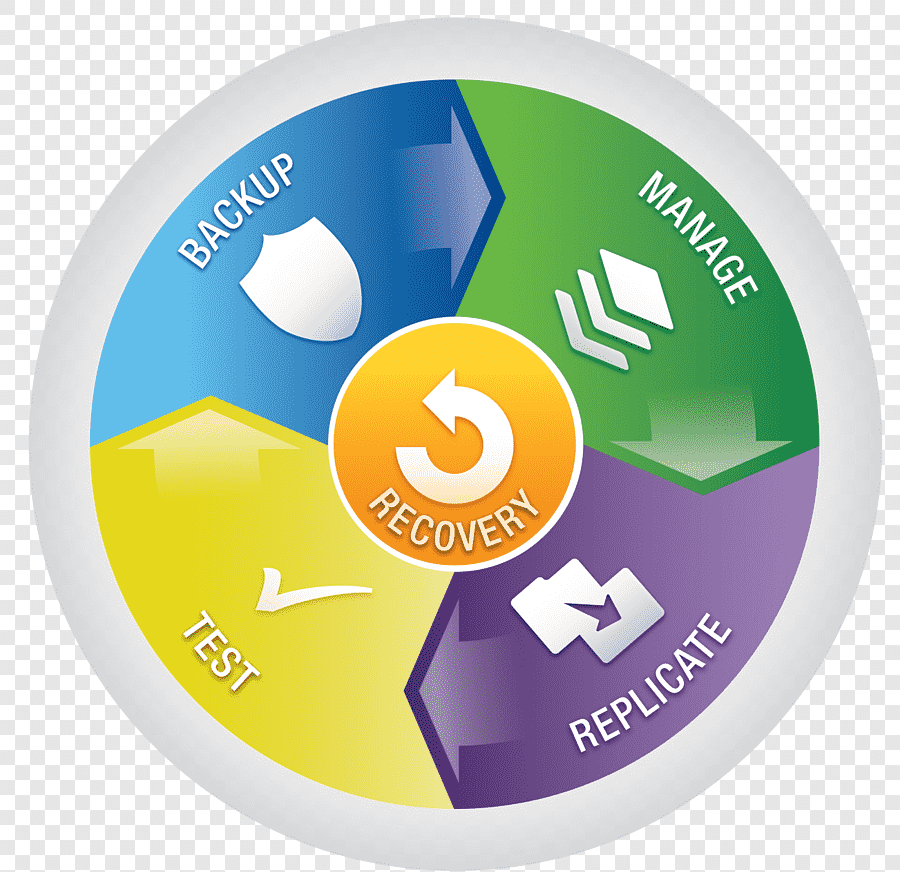BUSINESS CONTINUITY TESTING AND DISASTER RECOVERY TESTS

What is Business Continuity Testing and Disaster Recovery Tests?
Both Business Continuity (BC) Testing and Disaster Recovery (DR) Testing are crucial aspects of ensuring an organization’s resilience against disruptive events.
In short, BC testing ensures your overarching recovery strategy is functional, while DR testing validates the technical aspects of getting critical systems back online after a disaster. By implementing both types of testing, you can significantly improve your organization’s overall resilience.
Benefits of Business Continuity Testing and Disaster Recovery Tests?
- Increased Confidence: Regularly testing your BC plan fosters a sense of confidence and preparedness within your team. They gain hands-on experience with procedures, reducing stress and confusion during real incidents.
- Improved Plan Effectiveness: Testing allows you to identify weaknesses, gaps, and outdated information in your plan. You can then address these issues, ensuring your plan is truly functional and meets current needs.
- Enhanced Communication: BC testing provides valuable opportunities to practice communication protocols across different departments and roles. This ensures clear and efficient information flow during critical situations.
- Resource Identification and Allocation: Testing helps you identify necessary resources (personnel, equipment, technology) needed for recovery and ensure their availability and accessibility.
- Compliance Requirements: Many compliance regulations mandate regular BC testing. Conducting these tests demonstrates your commitment to risk management and regulatory adherence.


Benefits Of Business Continuity Testing and Disaster Recovery Tests?
Benefits of Business Continuity Testing:
- Increased Confidence: Regularly testing your BC plan fosters a sense of confidence and preparedness within your team. They gain hands-on experience with procedures, reducing stress and confusion during real incidents.
- Improved Plan Effectiveness: Testing allows you to identify weaknesses, gaps, and outdated information in your plan. You can then address these issues, ensuring your plan is truly functional and meets current needs.
- Enhanced Communication: BC testing provides valuable opportunities to practice communication protocols across different departments and roles. This ensures clear and efficient information flow during critical situations.
- Resource Identification and Allocation: Testing helps you identify necessary resources (personnel, equipment, technology) needed for recovery and ensure their availability and accessibility.
- Compliance Requirements: Many compliance regulations mandate regular BC testing. Conducting these tests demonstrates your commitment to risk management and regulatory adherence.
Our Approach
1. Defining Testing Scope and Objectives:
- Determining and understanding what scenarios you want to test, your goals (e.g., verify plan effectiveness, identify weaknesses), and resources available.
2. Choosing Testing Methods:
- Tabletop Exercises: Discussion-based simulations, low-cost and ideal for initial testing.
- Walkthrough Drills: Step-by-step practice of specific recovery tasks, helping identify logistical issues.
- Simulation Tests: Larger-scale exercises mimicking real incidents, testing team coordination and response procedures.
- Full Recovery Tests: Replicating an actual disaster with minimal business impact, providing comprehensive evaluation.
3. Developing Test Scenarios:
- Creating realistic scenarios aligned with your chosen methods and testing objectives.
4. Scheduling and Conducting Tests:
Planning and executing the tests with designated participants, ensuring proper documentation and observations.
5. Evaluating and Improving:
Analyzing results, identifying gaps and areas for improvement, and updating your BC plan accordingly.






